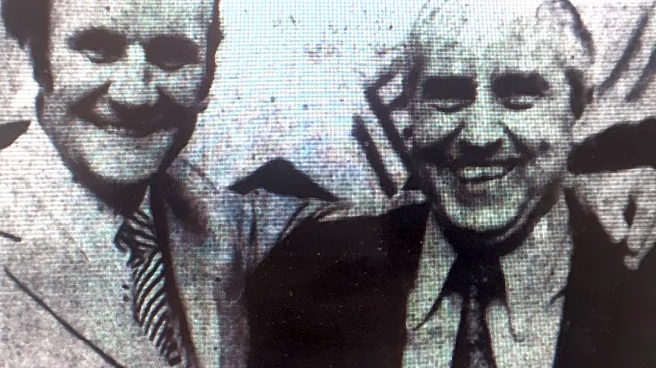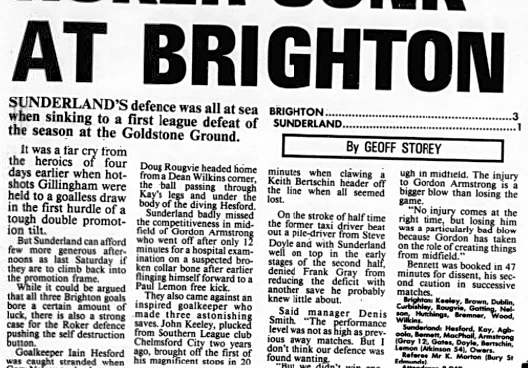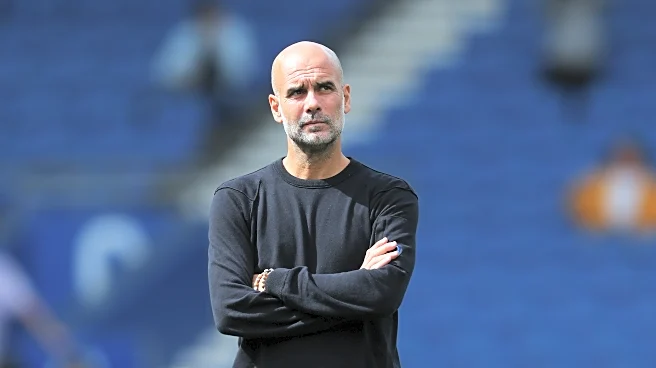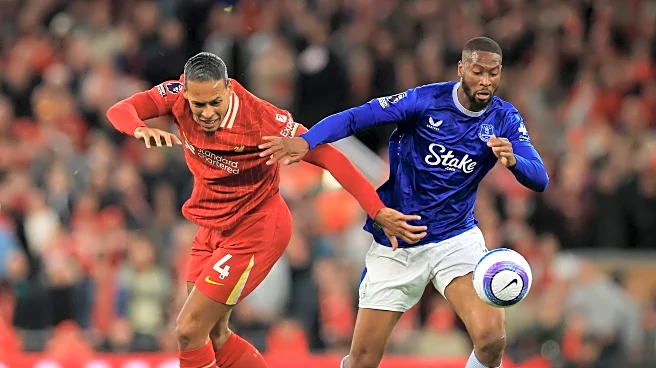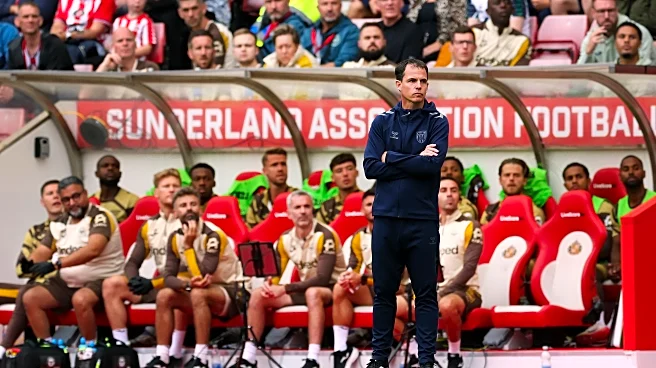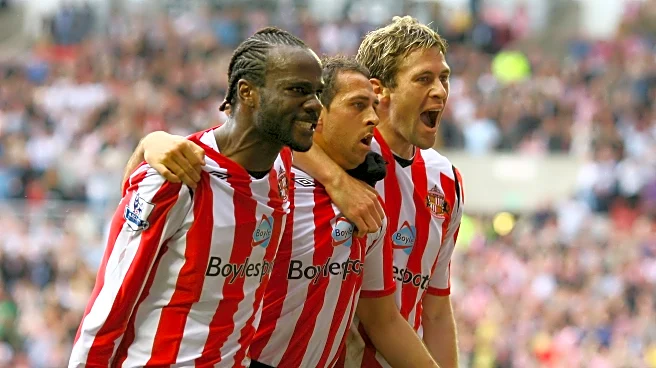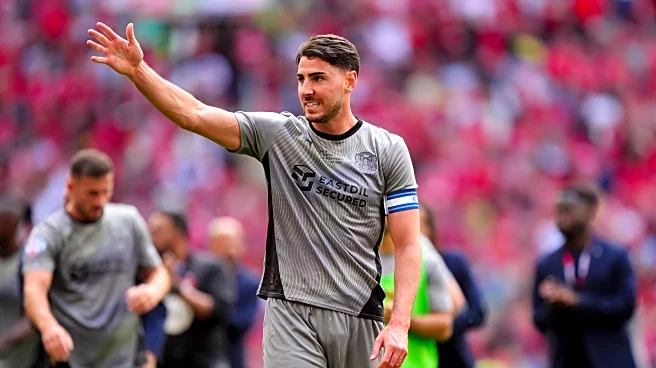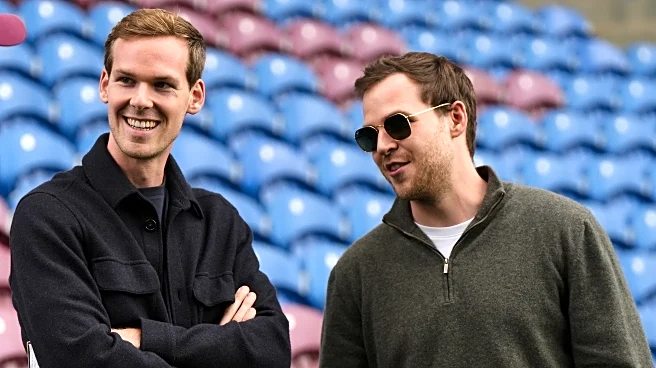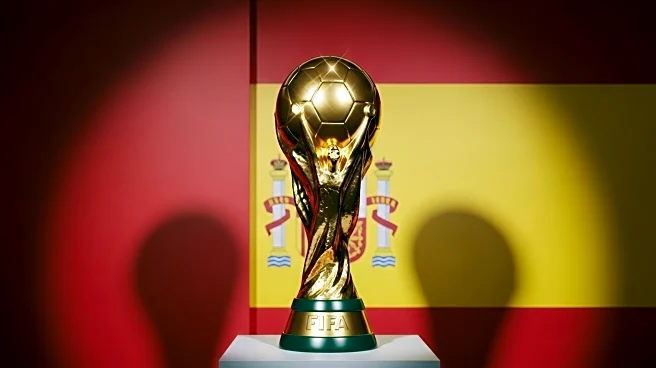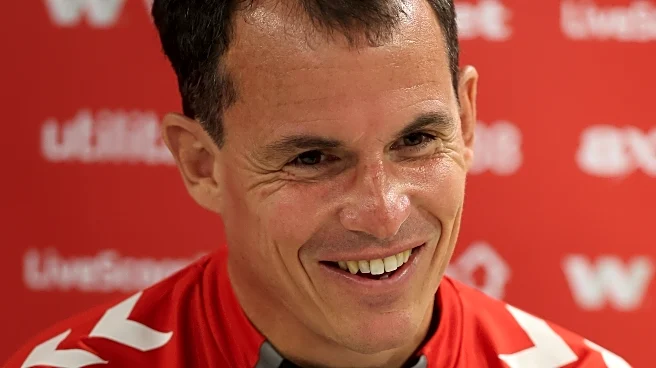During a recent episode of Haway The Podcast, we discussed a new Sunderland AFC-themed art exhibition that opened up in the town in 1974, and during the recording, there was some interest among the lads as to why the display was officially opened by recently-appointed England manager Don Revie.
Despite being a former player, Revie had since developed a strained relationship with the club and in particular his Roker Park peer Bob Stokoe, so we’ve decided to do some digging and have unearthed one or two
interesting tidbits surrounding the event.
Regarding the original queries around Revie, there sadly wasn’t much information available about how his invite came about. However, it was clear that he was on a general charm offensive at the time, and having left his position at Leeds United for the England post just a couple of months previously, he was determined to travel the country to visit different areas and had been very keen to talk to various football representatives to try and ease growing tensions surrounding the ‘club versus country’ debate.
Taking in as many live games as he could whilst doing so, one of his first fixtures was at Roker to watch Sunderland take on Newcastle United in the Texaco Cup.
Although trying to remain magnanimous given the circumstances, it seemed that Revie’s tendency to speak with a forked tongue was still apparent when he came back to kick off the exhibition.
Admitting that the best team had won when Sunderland had beaten his Leeds United side at Wembley in 1973, he claimed to have no hard feelings — only to then predict that the Lads could be a good bet for promotion now that “They’ve realised what bread and butter soccer is about after the glory of winning the FA Cup”.
It was a comment that was presumably aimed directly at his old adversary Stokoe, who in 1973/1974 had received criticism for resting players in league matches that took place ahead of various knockout ties.
Whether the quotes made their way back to Stokoe is not known; there were seemingly no current club delegates present on the day — although Revie was happy to pose for photographs alongside former attacker Ken Chisholm, who’d managed to make an appearance.
The pair had briefly crossed paths at Leicester City during their playing careers, although they missed each other on Wearside, Chisholm having moved to Workington five months prior to Revie’s arrival from Manchester City in 1956.
As for the venue itself, Sunderland Arts Centre was situated in what’s currently a private residence on Grange Terrace (Stockton Road), near the junction of Belvedere Road. Most local residents will recognise the nearby United Reformed Church and the legendary Bunker studio, whilst those that only come into the area on a match day may have unknowingly passed it on a bus that was about to go into Park Lane Interchange.
Ahead of the showcase, staff at the centre were looking to borrow artifacts from supporters and made it known that the security arrangements for any items put on display were ‘first class’, with secure display cases or Perspex frames being used. There were also to be attendants stationed in each gallery, with a nightwatchman on duty, hefty insurance cover and a burglar alarm linked directly to the local police station.

Prior to the opening date, Sheila Gibbon, who worked for the centre, was pleased to report that “We’ve had a good response to the appeal [for items to be loaned] and people have brought programmes, tickets and even a scrapbook that goes back to 1925. We would like even more items — especially banners, scarves and rosettes.”
Once everything had been collated, the exhibition — which at different points was referred to as ‘A History Of Sunderland AFC’, ‘Ha’way the Lads’ and ‘Sunderland AFC – The Road To Wembley’ — was split into sub-categories including the early history of the club up to 1936, the supporters, and the history of the club between 1938 and 1972, whilst there was special focus on the 1937 and 1973 FA Cup successes.
In the end, hundreds of photographs, souvenirs and newspaper clippings were put on show across three floors.
Two of the most prized objects were Harry Martin’s shirt from the 1913 FA Cup final and Richie Pitt’s 1973 Wembley strip, whilst accounts dating as far back as 1884, cigarette cards, match balls, player contracts and even a pair of red and white striped pants were there also. An accompanying programme of films (including match footage), discussions and presentations to be given by eminent fans/local sports journalists was also arranged whilst members of both cup winning sides were due to attend talk nights at Roker Park’s Black Cat Club.
Sections of the building’s exterior were temporarily painted red and white, and playing host proved to be a boon for the centre. Entry was 10p for over fourteens and 5p for anybody younger than that, with 2,500 visitors coming through the doors in the first week alone.
Exhibition brochures sold well also and occasionally still pop up on sites like eBay, whilst The Journal columnist June Hulbert wrote a glowing piece about the display, describing the location as “exuberant, slightly eccentric and a welcoming place, not a bit aloof like some of them are.”
A quiz featuring fifteen questions (the answers to which could all be found within the centre), proved popular, with prizes including a tour of Sunderland’s training base in Washington and a lunch at Roker Park.
A ball signed by the current squad was also up for grabs, although it does appear as if formal involvement from the club was otherwise minimal. Initially, said to be working in conjunction with the Supporters Association in helping to organise the event, the club looked to have subsequently taken a back step and didn’t even publicise it their match day programmes.
Nevertheless, the centre’s director Chris Carrell was thrilled with the success seen and soon began looking into the possibility of extending the run into term time. Originally due to end on Saturday the 7th, when Bristol Rovers were beaten at home 5-1, the exhibition finally closed 51 years ago today – coinciding with a 0-0 draw against Bolton Wanderers that proved unlikely to be marked in any future showcases of Sunderland history.
*The centre was founded in 1969 and in 1978 Ceolfrith bookshop was opened up within the building. At one point the only specialist arts book shop in the North East, it was regularly used by Sunderland Polytechnic’s School of Arts students.
By the time the poly was given University status in 1992 however, Sunderland Arts Centre had been rebranded as The Northern Centre for Contemporary Arts.
This later morphed into The Northern Gallery for Contemporary Art that was for a long time housed in the City Library on Fawcett Street until it moved to the National Glass Centre in 2018.
